Want to learn more about the history of blogging?
Thanks to popular blogging platforms like WordPress and Medium, blogs have become a part of our daily online lives. In fact, in some cases, blogs have evolved to replace traditional media, and they’ve certainly become integral to many businesses’ content marketing strategies.
But how did it all start?
The Birth of Blogging
The history of blogging begins not long after the good old World Wide Web was brought into the public domain on April 30th, 1993. Evidently, the lure of sharing our ideas and personal lives with strangers was too strong to pass up.
1993-1994: The First Personal Homepage

When the Internet first came into our homes, you can imagine there wasn’t much online record keeping. As a result, it’s hard to pinpoint when some of the first blogs went live and who the so-called “first blogger” really was.
However, thanks to a New York Times article hailing him as the “father of personal blogging,” Justin Hall is often regarded as having created the first blog in January 1994. His personal website, links.net, started as a series of brief posts that included links to websites he liked or that were his own.
Whether or not he was really the first blogger, Hall was quickly joined online by a slew of people sharing their thoughts and ideas online.
1997: The Term “Weblog” is Coined
When blogging began, it wasn’t called blogging. Hard to believe since by the time I started blogging (some 17 years later) nobody would blink twice at the word “blog”.
In the early days, most people referred to their personal websites as online journals or, like Justin Hall, “personal webpages.”
But in 1997, another early blogging pioneer, Jorn Barger from the infamous Robot Wisdom blog, coined the term “weblog” about blogs like Hall’s being logs of their findings on the web.
This was eventually shortened to the word “blog”.
1998-1999: Open Diary, Blogger, and LiveJournal: The First Blogging Platforms Launch
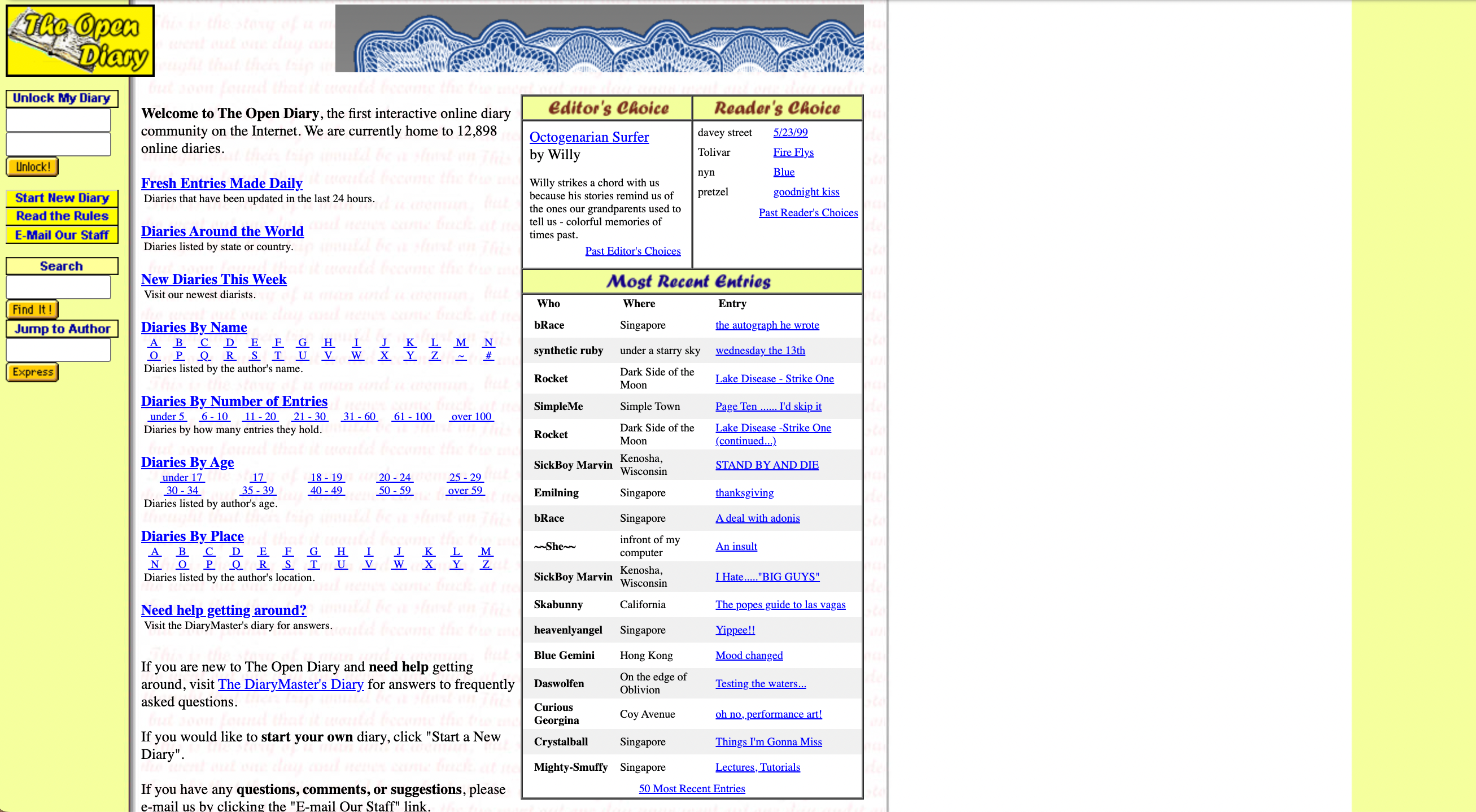

October 1998 was a major step forward in the history of blogging.
The Open Diary became the first blogging platform allowing users to publish their “online diaries.” This was also the first time that users could leave anonymous comments on a blog post.
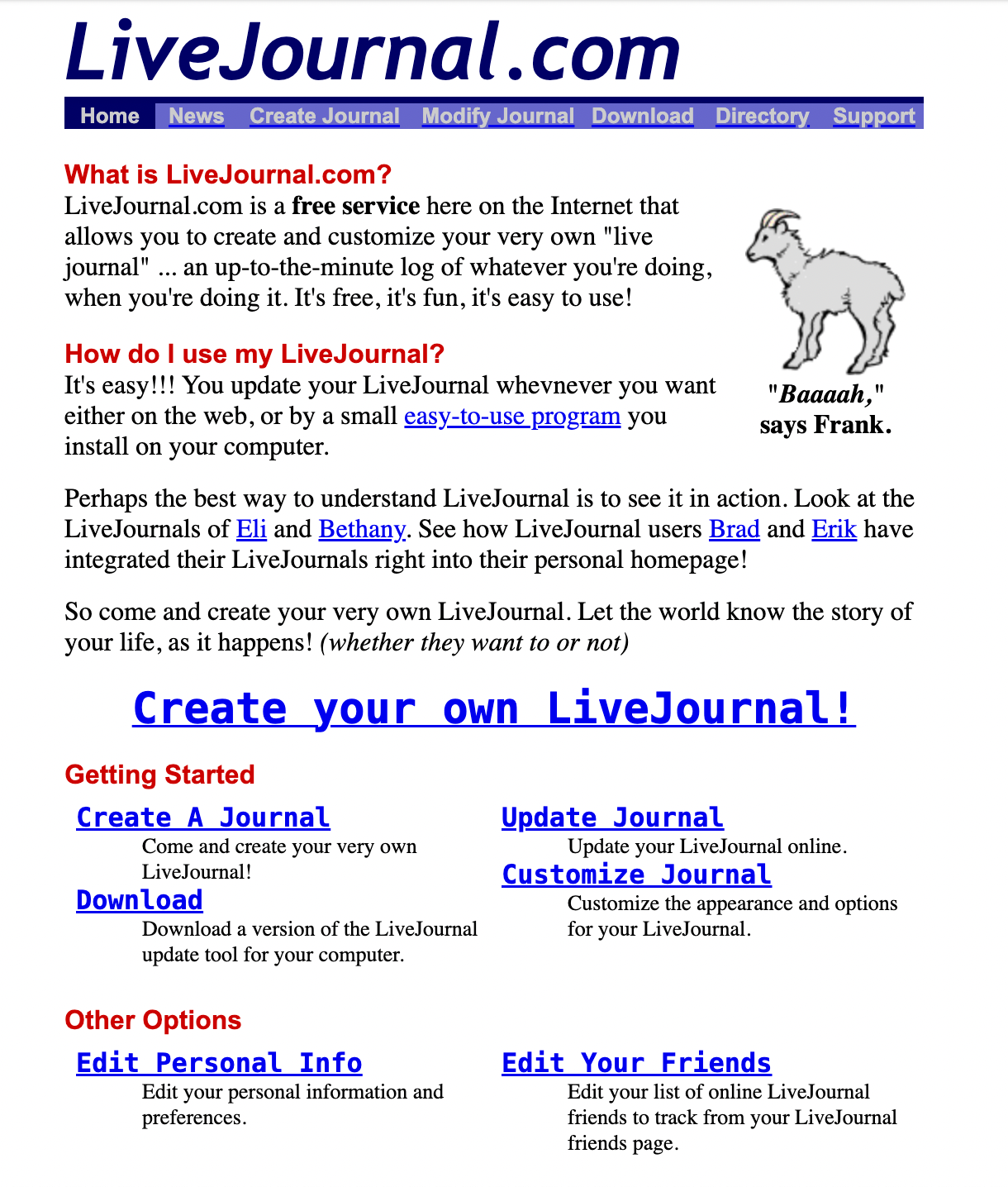

Closely following Open Diary, blogging platforms like Live Journal launched in April of 1999 and Blogger in August 1999.
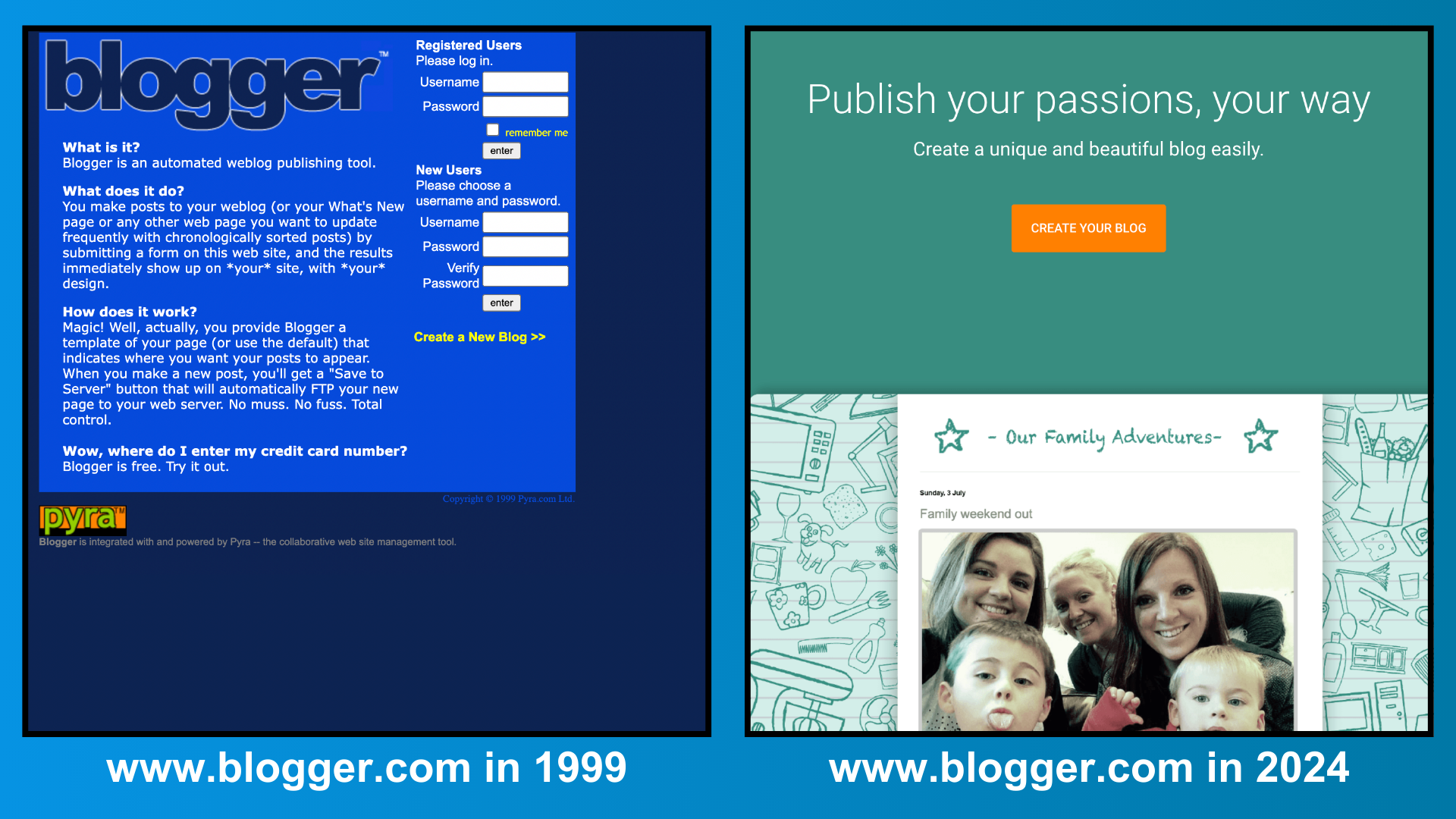

With access to a blogging platform that made blogging more accessible to regular people with no tech background, more and more people started their own blogs.
Blogging in the New Millennium
If 1994 was the birth year of blogging, then the 2000s are when bloggers began to really come into their stride.
The new millennium saw new blogging platforms, blog SEO, monetization, and live blogging come into play.
2002: Blogger Privacy and the Dawn of Niche Bloggers
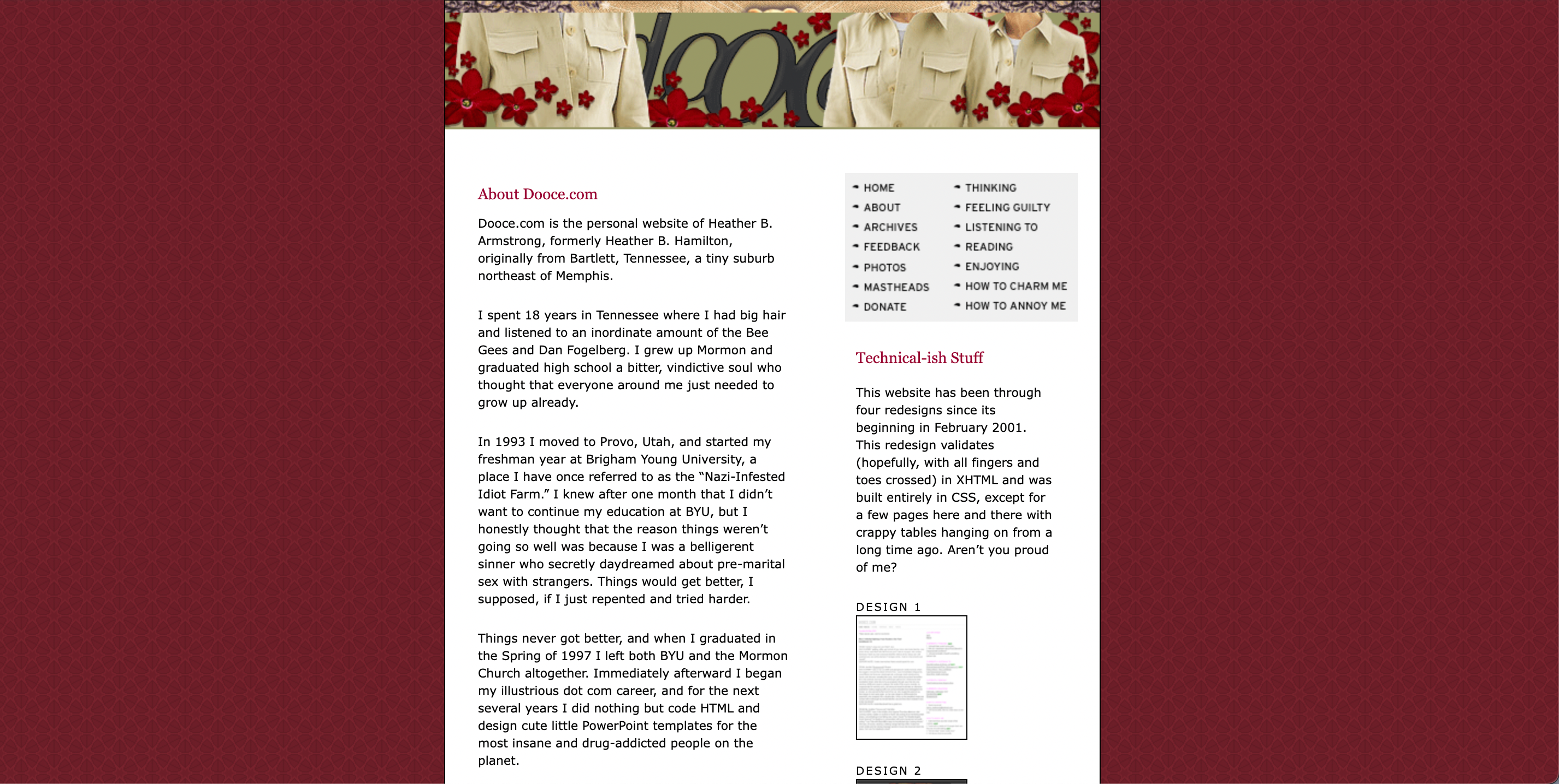

Sometimes hailed as the first “mommy blog”, Heather Armstrong founded dooce.com in 2001, reaching as many as 8.5 million readers by 2004. She was also one of the first people to lose her job over what she wrote on her personal blog.
When coworkers discovered she had been writing about them in not-so-flattering terms, she was let go despite never mentioning any names or violating company privacy policies.
This sparked big debates about freedom of speech and personal blogs’ privacy issues.
Alongside Armstrong, mommy blogs, in general, became some of the most popular blogs on the internet. Following this, other bloggers began tailoring their content to a specific audience.
This is when we see a shift from personal blogs being online journals to how blogging evolved into part of a content marketing strategy.
2003: A Monumental Year for Blogging: WordPress, Google AdSense, and Live Blogging
Maybe the biggest year in the history of blogging, 2003 ushered in a new era of blogging, including blog advertising, live blogging, and the rise of political blogs.
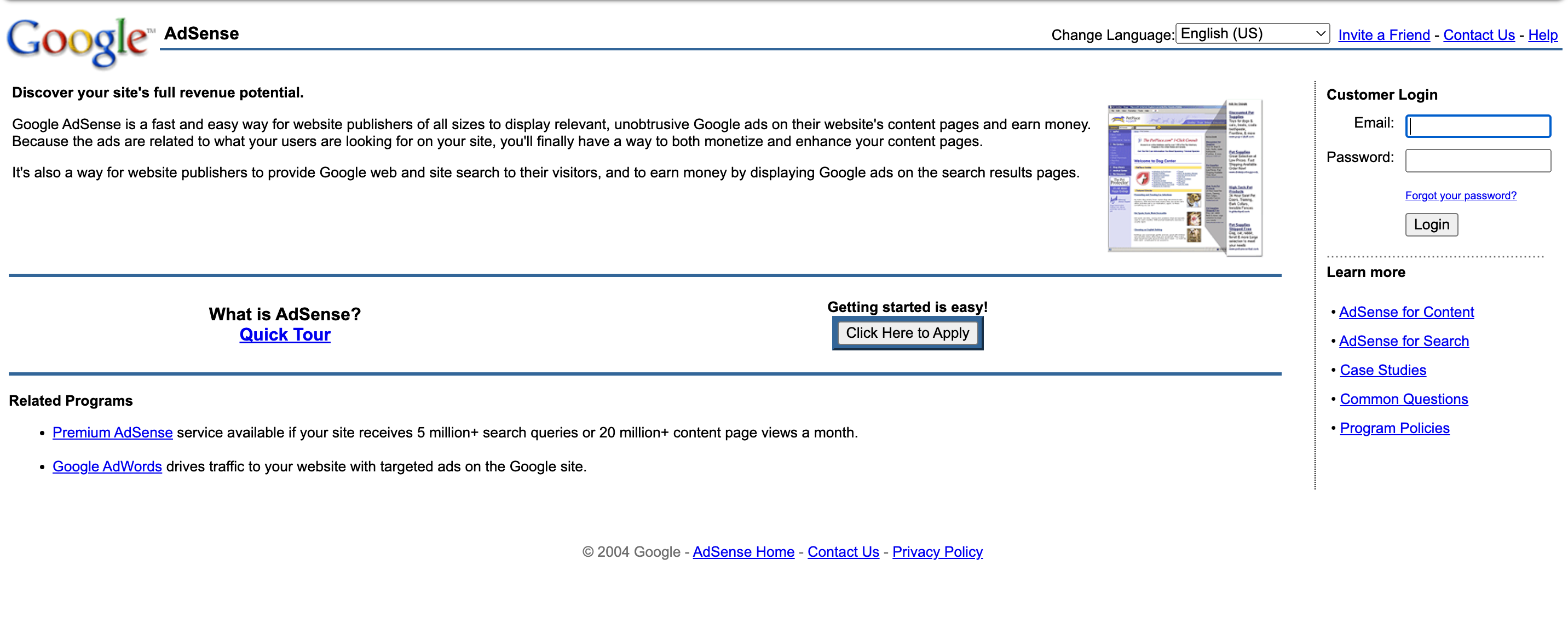

In 2003, Google made some bold moves in the blogging world. As part of their strategy to become one of the biggest search engines in the world, they not only bought Blogger.com from Pyra Labs but also launched AdSense.
With Google AdSense, bloggers can monetize their posts more easily than ever before.
Also, in 2003, we saw the launch of two very significant blogging platforms—WordPress and TypePad.
TypePad would become a significant commercial blogging platform for major multimedia companies like BBC, Sky News, MSNBC, Time, and Wired.


Meanwhile, WordPress is a content management system that has gone on to dominate the internet. Just under half (43%) of all website owners use WordPress to power their sites.
It’s the blogging platform used to power this website. And it was the first blogging platform I ever used myself.
Finally, it’s also the year we see the beginning of “live blogging” or “live text.” In 2003, the Guardian reported on the Prime Minister’s question time by updating a text post as events occurred.
This was an unprecedented way of news reporting and would influence how blogging could work with traditional media.
2004: Dictionary Word of the Year? “Blog”
With the blogging revolution well and truly underway, Merriam-Webster announced that “blog” was the most searched-up word in 2004. This small fact just goes to show how hugely popular blogging would become.
From Blogging to Vlogging
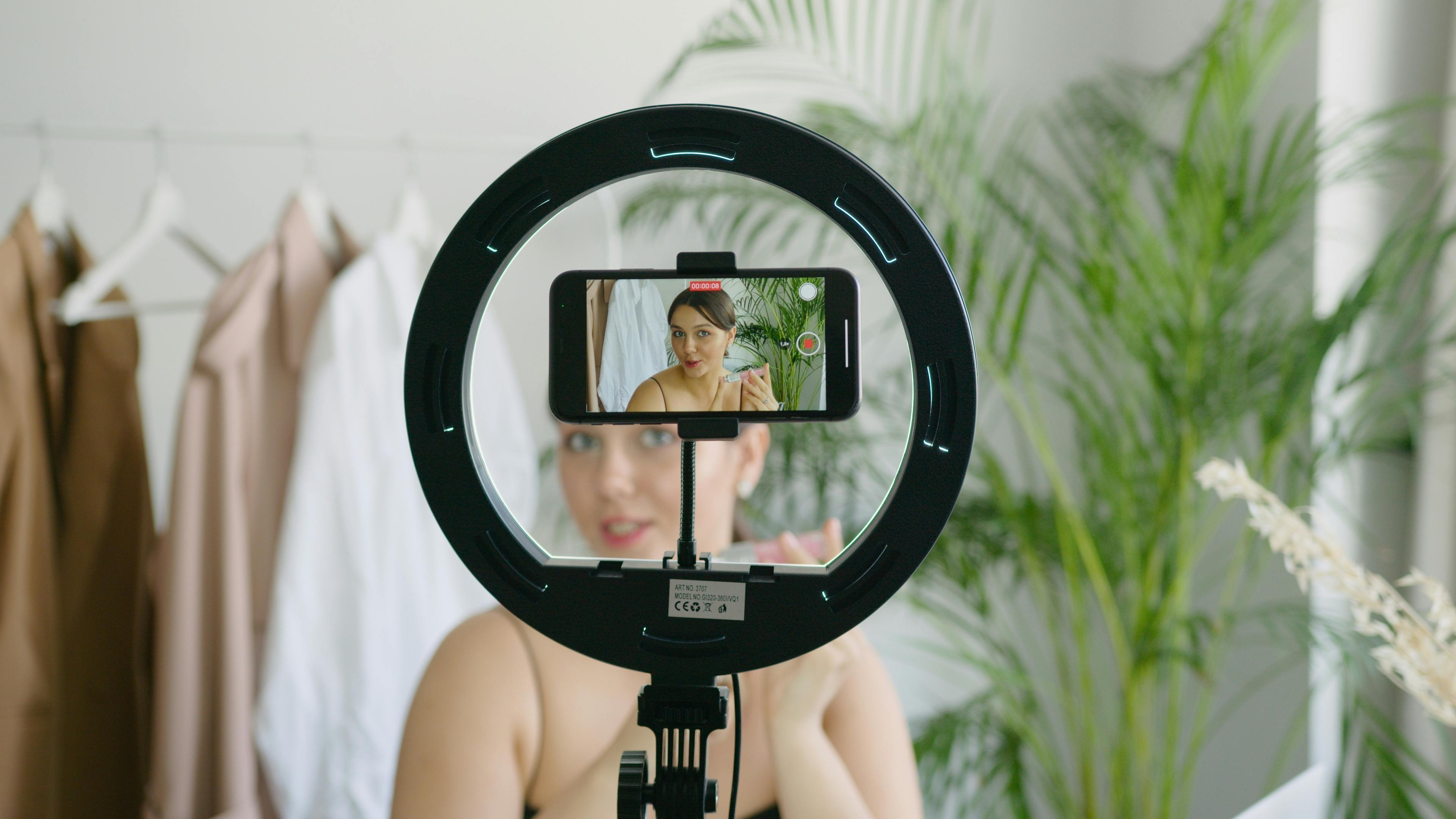

An important shift in blogging history was the advent of video blogging. Known as “vlogging,” video blogging came along thanks to the launch of a new publishing platform.
YouTube was the first public platform where users could upload and share videos online.
2005: Rise of Video Blogging (Vlog)
Although there is evidence of video blogs in the early 2000s, there was no convenient platform for vloggers to really come into their own.
Thankfully, YouTube launched in 2005, and the rest, as they say, is history.


That is true.
YouTube was originally launched as a dating site, but once the website shifted towards general video uploads, it changed the Internet as we know it.
Not only did YouTube create a space for video blogs to thrive, but its conception was also the start of social media blogging.
Today, YouTube is the second largest social media platform, with well over 2 and a half billion users and upwards of 51 million channels.
In case you’re interested, the first vlog ever uploaded to YouTube was by Adam Kontras, and you can watch it below:
Mainstream and Microblogging
Throughout the 2000s, blogging continued to become increasingly popular.
This era saw several traditional media outlets start their own blogs and the rise of social media platforms, which both complimented and challenged established blogs.
2005-2006: Blogging Becomes Integrated with News
In the mid-2000s, blogging began to enter mainstream media with political bloggers becoming more common and a rise in the popularity of discussion forums.
March 2005 was the first time a blogger (Garret Graff) was awarded White House press credentials.
Soon after, websites like The Huffington Post changed the blogging world forever.
As bloggers were starting to become taken more seriously, the launch of Huffington Post (now known as HuffPost), which started as a political forum, helped merge both blogging and news reporting.
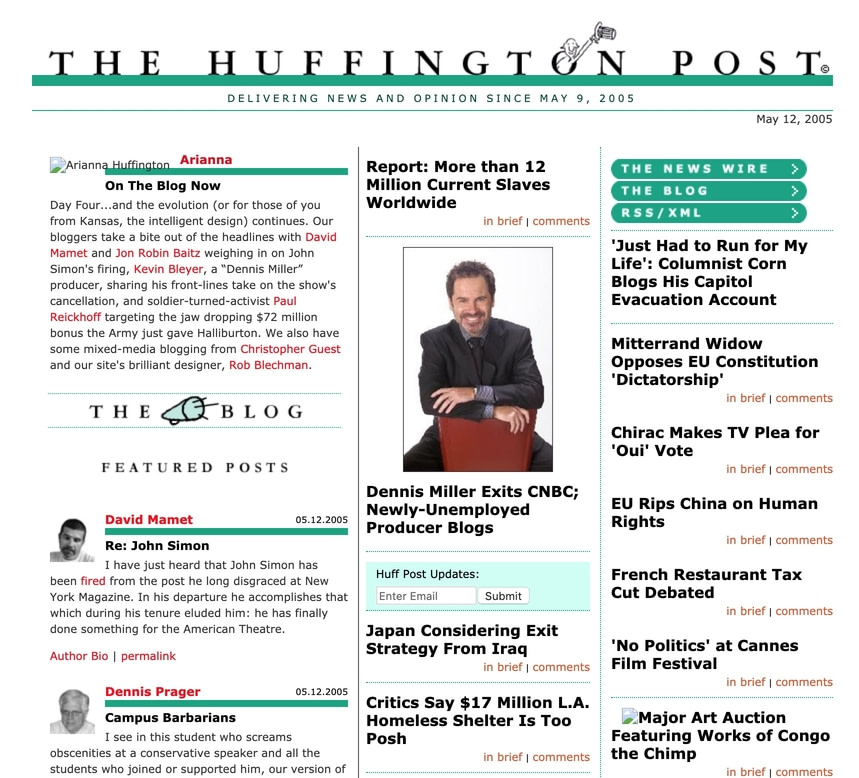

The Huffington Post was actually the first “blog” I started following with any kind of regularity. It was an accessible way to learn about world events from different perspectives.
2006-2007: Microblogging
Meanwhile, 2006 also saw the launch of Twitter (which rebranded to X in 2022) and a new trend of “microblogging”.
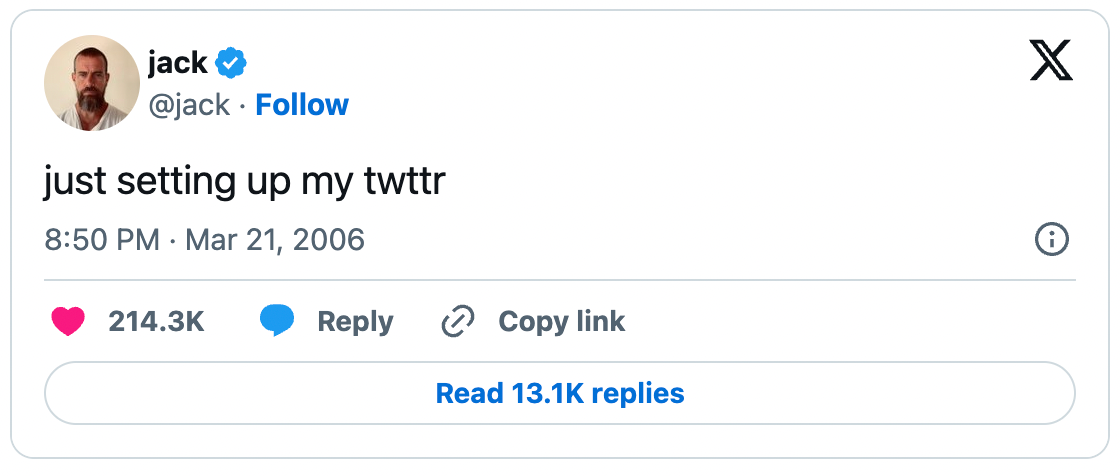

In 2007, Tumblr became another platform that capitalized on the idea that bloggers or content creators could share short content, media, and links. In a way Tumblr feels like the platform that Justin Hall would have liked best. It’s primarily short links and curating content you’ve found elsewhere on the Internet. It was also HUGE when it came out, I admit I remember spending hours of my life endlessly scrolling through Tumblr.


2008-2011: The Dark Ages
After a period of intense growth and innovation, everything slows down. Nothing new happens in the world of blogging between 2008 and 2011.
One point worth noting may be the rise of social media blogging. This was part of the natural progression of social media. Facebook, Instagram, and Twitter, in particular, lend themselves particularly well to social media blogging. It’s also where I find you get the most meaningful interactions with your readers.
Additionally, 2009 saw the creation of the White House blog, which helped cement the credibility of political bloggers.
Finally, Google’s algorithm change in 2011 had a major impact on the search engine results of blogs with “thin” content. This meant blogs with poor or duplicated content and a lack of reputable links were penalized.
2012: Medium Joins the Internet
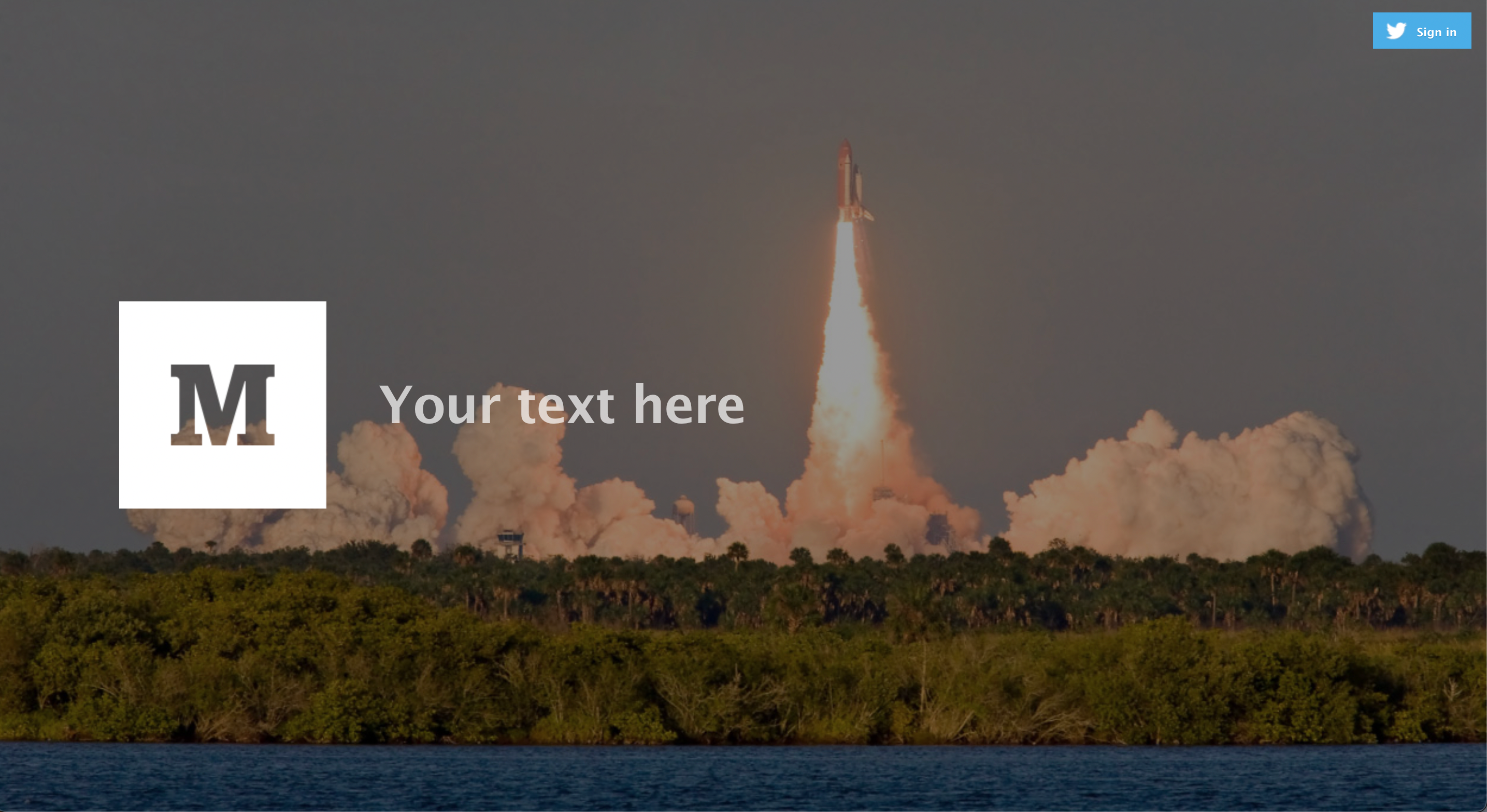

Remember Blogger from 1999? Well, Blogger founder Evan Williams contributed more than just that to the history of blogging. As well as being a co-founder of Twitter, Williams is also behind Medium.
More than just another blogging platform, Medium offered another alternative to traditional media outlets. Here, news was written by the people living and making it. Medium helped cement the importance of blogs and online content further.
It’s also significant that writers could share or repurpose content from another source in a way that maintained the original content’s integrity and was not penalized by Google’s algorithm. I’ve tried Medium here and there but I wouldn’t recommend it as an entry into blogging if you’re looking to monetize your content.
2013: HuffPost Bans Anonymous Blog Comments
Since the ability to comment on blogs was introduced, some have inevitably used the opportunity to spread hate or misinformation.
The phenomena of “hiding” behind your computer screen and typing words you’d never say out loud in public is fascinating but ugly.
In fact, at one point, a kind of Blogger’s Code of Conduct was suggested in an attempt to address some of the horrible things posted in comment sections.
Finally, in 2013, the Huffington Post took a stand and banned anonymous comments.
Anyone who wants to leave a comment must log in via their Facebook page.
2016: WordPress Add .blog Extension
To capitalize on the huge success and popularity of blogs, WordPress added the .blog extension option. This meant that users could now use .blog in addition to the typical domain options, such as .com, .org, .net, etc.
Essentially, this created a whole new host of domain possibilities.
The Rise of AI
One of the biggest changes to content creation throughout the history of blogging has been the rise of AI. Since blogging began, personal bloggers have been the real spirit behind the movement.
However, new tools like Jasper AI and Frase have changed the process of writing blogs.
2022: ChatGPT Takes the World by Storm


The obvious AI tool for most people is, undoubtedly, ChatGPT. The AI chatbot was launched by OpenAI in November of 2022 and became an integral tool for many bloggers.
Suddenly, brainstorming blog ideas and even writing entire blog posts was easier and faster.
The release of GPT-4 in March 2023 only made AI-produced content even more tempting. Coupled with Google’s stance on AI content (i.e., not penalizing so long as it’s high quality), more of what we read online is either entirely AI-produced or often crafted with some AI help.
The Future of Blogging
Today, there are more than 600 million blogs online. The history of blogging has brought us from online diaries and personal webpages to video blogs and artificial intelligence.
While social media platforms and AI have changed the industry, modern blogging is still a great personal branding tool and/or viable way to make money online.
If you’re ready to start your own blog, check out our complete guide on how to start a blog using WordPress and get inspiration from our list of first blog post examples!
